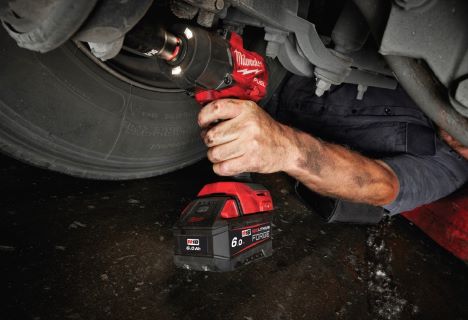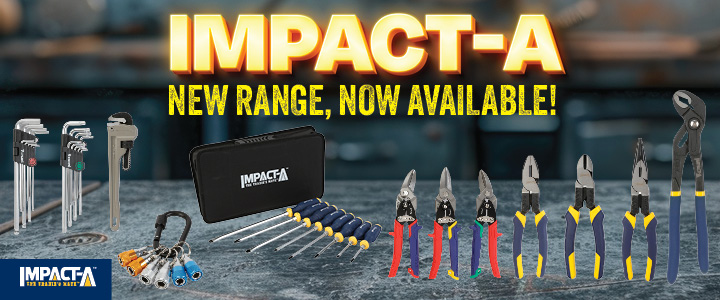From the assembly line to building sites throughout the world, Milwaukee Tool celebrates its 100th birthday with heavy duty growth. By Lynne Testoni
The 1920s were a time of creativity—the manufacturing industry was growing fast and the demand for productivity, innovation, and quality tools was increasing.
The formation of Milwaukee Tool in 1924 in the US, by tool and dies manufacturer A.H. Petersen, was part of this drive for productivity, emerging from a collaboration with one of the great innovators of the age—Henry Ford, of the Ford Motor Company.
At the end of World War I, Ford asked Petersen to produce a portable and light, ¼-inch capacity power drill to replace the large, cumbersome units used on Ford assembly lines. Petersen created the Hole Shooter, the industry’s first lightweight, one-handed drill that drastically increased productivity for assembly-line workers. The Hole Shooter was game changing for the industry and Milwaukee Tool (originally the Milwaukee Electric Tool Corporation) was born.
While the company first built a business in repairing tools, more opportunities started to appear. After user feedback, the Hole Shooter was made stronger and more durable, becoming more suitable for the automotive and heavier metalworking industries.
Over the next 100 years, Milwaukee Tool has continued to innovate and develop new products, moving into drills, sanders and grinders. Michael Brendle, group managing director at Milwaukee Tool, says that today he considers the networked product platforms, such as M12, M18, MX and Packout, to be their core offerings, along with accessories, hand tools and PPE.
These networked platforms allow the company to engage professional trades across multiple industry verticals, such as plumbing, electrical and carpentry, acknowledging that each one has different requirements.
TIME AFTER TIME
Over its history, Milwaukee Tool has seen a lot of change, with Brendle adding that the biggest industry change he has seen has been the switch from corded to battery-powered tools.
“It was not that long ago that battery-powered tools were viewed with some scepticism by the industry,” he says. “In the very early days the performance of batteries did not create a great user experience for professionals. Milwaukee took the position very early on that battery power would replace corded and we invested significantly into developing lithium-ion battery technology.”
This has led to great success and growth for the company, he says.
“In 2005 Milwaukee invented the first lithium batteries for tools. 2010 saw the introduction of the REDLITHIUM™ M battery series. This changed the game, not only for the tools produced at the time, but for every tool produced since. Every improvement in battery technology we’ve made since then is backwards compatible with those 2010 tools.”

TAKING THE LONG VIEW
While he sees a few challenges in construction at the moment, Brendle says that the long history of Milwaukee Tool allows them to view everything through a long-term lens.
“While we deal with many industries, at any given time some are under duress, like residential construction,” he says. “That’s an all-of-industry challenge. Materials costs are also very high. These things are cyclical, though, and it’s how we adapt to them that’s the key.”
The other challenge facing manufacturers such as Milwaukee Tool is the increasing amount of government regulations imposed on the industry, such as the recent changes to dust management. Brendle says that keeping up with, and adapting to, these regulatory changes is front of mind for the company and a key part of their growth.
“We’re just getting started,” he says. “We’ll continue to provide disruptive innovation to improve the productivity and safety of our users.”





